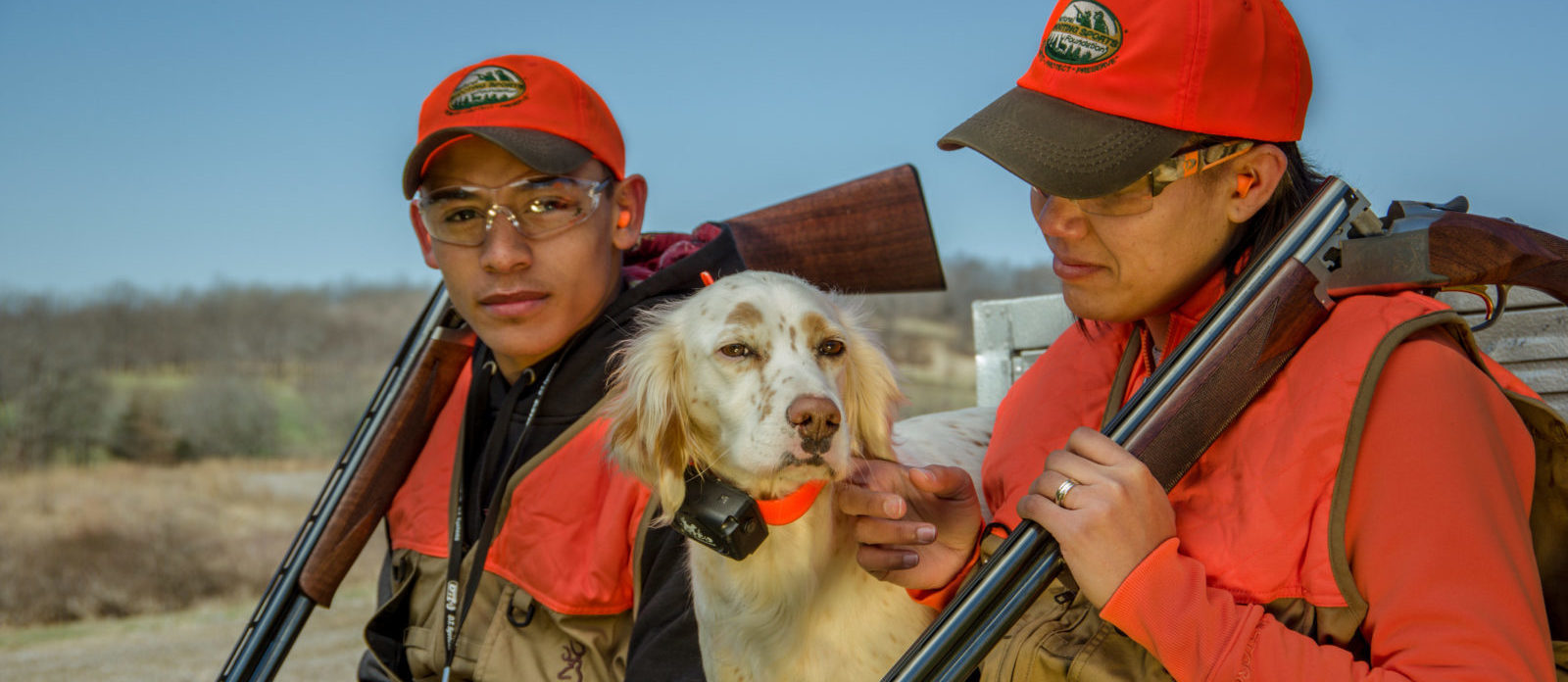
Anthony Licata, editor of Field & Stream magazine, said he wasn’t surprised that a new generation of eaters was discovering what traditional hunters have known all along:
“There’s nothing more organic and free range than meat you hunt for yourself and your family,” he said.
Mr. Licata, who is 35 and lives in New Jersey, said he thought interest in hunting among young urban locavores was bound to grow.
“When you do hunt and if you’re lucky enough to fill your freezer with venison and feed your family, it’s a powerful thing,” he said. “They aren’t going to want to stop.”
From the NYT’s article, The Urban Deerslayer by Sean Patrick Farrell
North American hunting pre-dates the United States by thousands of years, and was an important part of many pre-Columbian Native American cultures.
Hunting is primarily regulated by state law; with additional regulations imposed through United States environmental law in the case of migratory birds and endangered species. Regulations vary widely from state to state, and govern the areas, time periods, techniques and methods by which specific game animals may be hunted. Hunters of protected species require a hunting license in all states, for which completion of a hunting safety course is sometimes a prerequisite.
Typically game animals are divided into several categories for regulatory purposes. Typical categories range from big game to small, furbearers to predators to upland game birds and waterfowl.
Hunting big game typically requires a “tag” for each animal harvested. Tags must be purchased in addition to the hunting license, and the number of tags issued to an individual is typically limited. In cases where there are more prospective hunters than the quota for that species, tags are usually assigned by lottery. Tags may be further restricted to a specific area or wildlife management unit. Hunting migratory waterfowl requires a duck stamp from the Fish and Wildlife Service.
Harvest of animals other than big game is typically restricted by a bag limit and a possession limit. A bag limit is a maximum number of a specific animal species that an individual can harvest in a single day. A possession limit is a maximum number of a specific animal species that can be in an individual’s possession at any time.
Gun usage in hunting is typically regulated by game category, area within the state, and time period. Regulations for big game hunting often specify a minimum caliber or muzzle energy for firearms. The use of rifles is often banned for safety reasons in areas with high population densities or limited topographic relief. Regulations may also limit or ban the use of lead in ammunition because of environmental concerns. Specific seasons for bow hunting or muzzle-loading black powder guns are often established to limit competition with hunters using more effective weapons.
Hunting in the United States is not associated with any particular class or culture; a 2006 poll showed 78% of Americans supported legal hunting, although relatively few Americans actually hunt. At the beginning of the 21st century, just six percent of Americans hunted. Southerners in states along the eastern seaboard hunted at a rate of five percent, slightly below the national average, and while hunting was more common in other parts of the South at nine percent, these rates did not surpass those of the Plains states, where twelve percent of Midwesterners hunted. Hunting in other areas of the country fell below the national average. Overall, in the 1996–2006 period, the number of hunters over the age of sixteen declined by ten percent, a drop attributable to a number of factors including habitat loss and changes in recreation habits.
Regulation of hunting within the United States dates from the 19th century. Some modern hunters see themselves as conservationists and sportsmen in the mode of Theodore Roosevelt and the Boone and Crockett Club. Local hunting clubs and national organisations provide hunter education and help protect the future of the sport by buying land for future hunting use. Some groups represent a specific hunting interest, such as Ducks Unlimited, Pheasants Forever, or the National Wild Turkey Federation.
Each year, nearly $200 million in hunters’ federal excise taxes are distributed to state agencies to support wildlife management programs, the purchase of lands open to hunters, and hunter education and safety classes. Since 1934 the sale of Federal Duck Stamps, a required purchase for migratory waterfowl hunters over sixteen-years-old, has raised over $700 million to help purchase more than 5,200,000 acres of habitat for the National Wildlife Refuge System lands that support waterfowl and many other wildlife species, and are often open to hunting. States also collect monies from hunting licenses to assist with management of game animals, as designated by law. A key task of federal and state park rangers and game wardens is to enforce laws and regulations related to hunting, including species protection, hunting seasons, and hunting bans.
The principles of the fair chase have been a part of the American hunting tradition for over one-hundred years. The role of the hunter-conservationist, popularised by Theodore Roosevelt, has been central to the development of the modern fair chase tradition.
Fair Chase, as defined by the Boone and Crockett Club, is the ethical, sportsmanlike, and lawful pursuit and taking of any free-ranging wild, native North American big game animal in a manner that does not give the hunter an improper advantage over such animals.




 massmonopoly
massmonopoly R3 PRACTITIONER’S GUIDE
R3 PRACTITIONER’S GUIDE